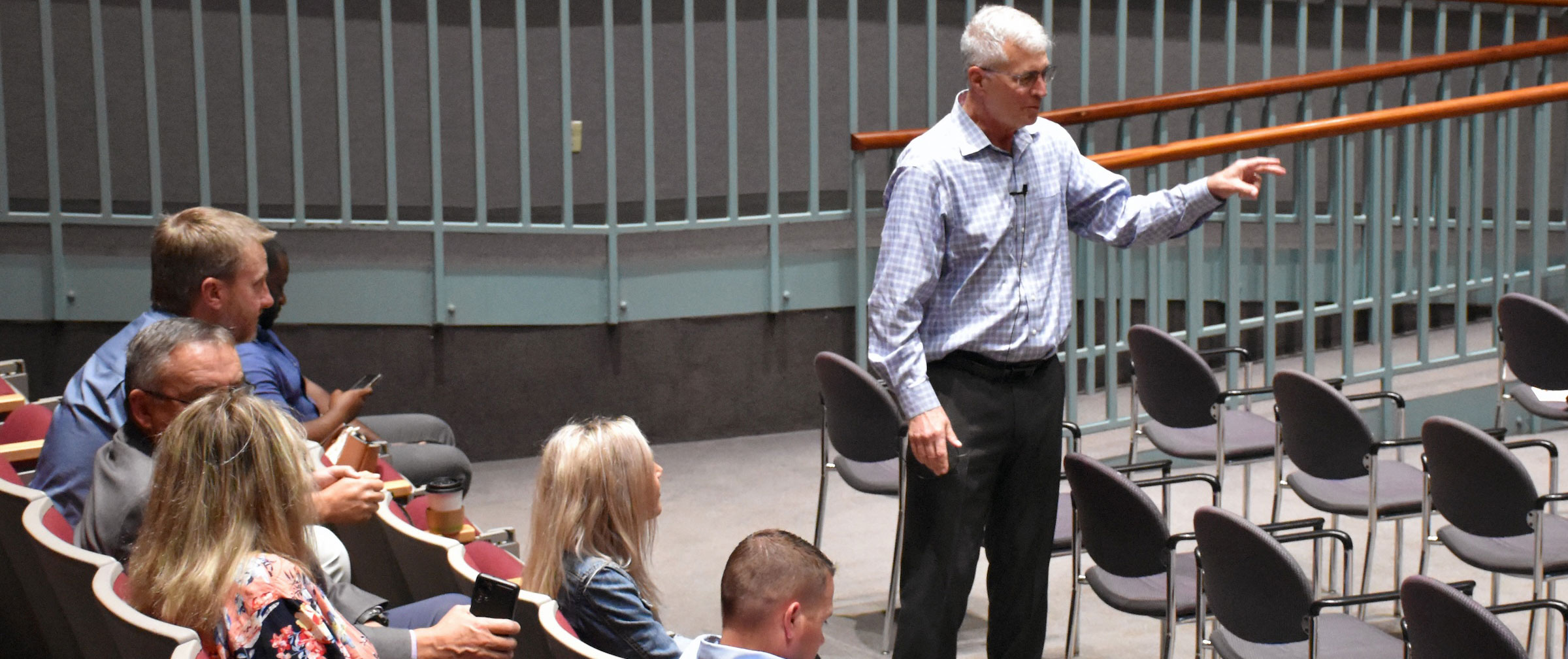The thought of another medical accreditation typically brings a chorus of groans from the caregivers, administrative team and the hospital staff. One immediately conjures up visions of the Joint Commission coming in unexpectedly and the huge hassles and expenses involved in maintaining certification. One thinks of the anxiety of the survey visit and the subsequent internal blaming process for deficiencies that are found. It is not fun. The whole hospital virtually stops when the survey team comes in the door.
If you see Medicare patients, there is no choice but to be accredited by one of two deeming agencies– the Joint Commission or DNV. If you have a lab, it is equally necessary to be accredited. In these situations, certification is really a business imperative. But what about certification in specialty areas, for example chest pain or stroke care? On what basis should a hospital or health care system consider that decision?
There seem to be more and more service lines being offered some sort of accreditation every day by some organization. Unlike the Joint Commission or DNV, it is not absolutely necessary for an organization to seek certification for these services. How does the hospital make the right decision for clinical certification given the finite resources presently available them?
I have had the pleasure of sitting on the Board of the Society of Cardiovascular Patient Care for the past five years. This organization certifies hospitals in several cardiovascular areas including chest pain, atrial fibrillation, heart failure, etc. I have seen the accreditation process go through three different phases in the marketplace:
Phase I– Offensive Strategy. When the certifications first came out, it was the marketing/ public relations aspect that received the most attention. It was important for a hospital to be able to say that they were the first (or only) accredited institution in town. The hospital can now post a giant billboard on the campus. The value of the certification was primarily in its advertising impact on the community and the hope that it would enhance the reputation of the hospital and drive additional business to the facility. In new markets, this has been a successful strategy. But today most markets have progressed to the next stage:
Phase II– Defensive Strategy. If the competition is certified and we are not, will this hurt our ability to grow market? Will not being certified hurt our reputation? Becoming certified now becomes more of an issue of keeping up with the Joneses. If the other institution is certified and we are not, doesn’t that make us appear less qualified? The push toward certification now changes to becoming a business necessity. This has only increased the pressure on systems to become certified in as many areas as possible. Put another billboard up at the hospital. Especially if the other guy has one. But certifications are expensive and very time consuming. It therefore begs the question as to whether all of this certification actually improves Value for the patient? We now move to the third stage:
Phase III- Providing ongoing Value. The emphasis in health care toward Value now drives organizations to provide state of the art outcomes in clinical care, patient experience and cost effectiveness. The ultimate goal of certification, therefore, is to help move this process along and achieve the appropriate Value for the consumer. As such, certification becomes more of an ongoing process than simply passing a site visit. It becomes a way of doing business rather than pass an occasional site visit. It is a process of collaboration and learning, not blame-seeking.
The accrediting organization needs to further this process along. The simple question an organization must ask is does this certification provide Value to the institution? And can this Value be verified with data. Will we be a better hospital because of this effort? And if more than one organization can provide this certification, can that organization prove its Value?
Using certification with the Society of Cardiovascular Patient Care as an example, this organization emphasizes true process improvement throughout the continuum of care. The entire approach is collaborative and participatory. Mutual learning and organizational excellence is emphasized as opposed to the traditional compliance. National best practices are identified and implemented throughout the organization. The appropriate data sets are determined and tracked across the entire continuum of care. Performance is documented relative to national clinical databases.
This is the true future of accreditation. Our singular goal as health care leaders is to provide clinical excellence to our patients. The accreditation process, if done appropriately, must guide the organization in the proper direction. That is the true Value of accreditation.
Does the accreditation truly provide Value for all of the time and resources that your staff will spend on it, especially when there are so many other demands in patient care?
I have seen many hospitals improve their cardiovascular performance through this process. Participating with the SCPC has saved lives in our communities. I cannot speak for all accrediting organizations, but you can rest assured that this Society will improve the Value of your services to the community. Staying on top is difficult– this collaborative process makes it possible. Of all the accreditation options, this one is easy.




